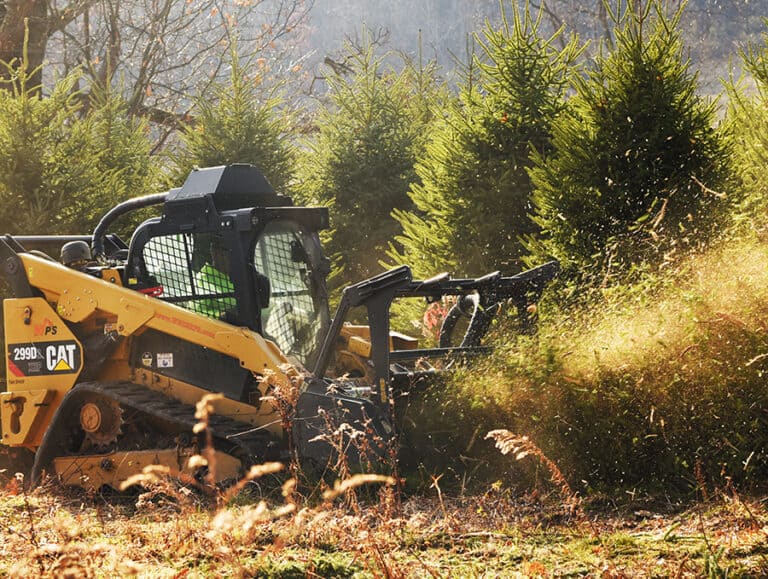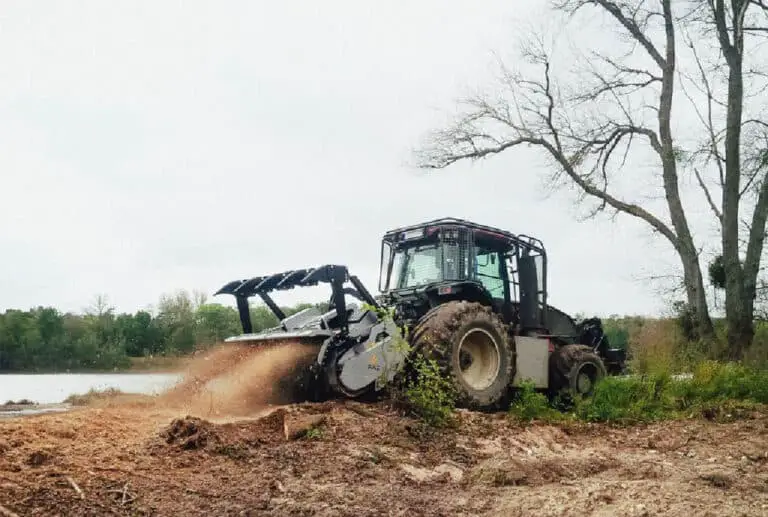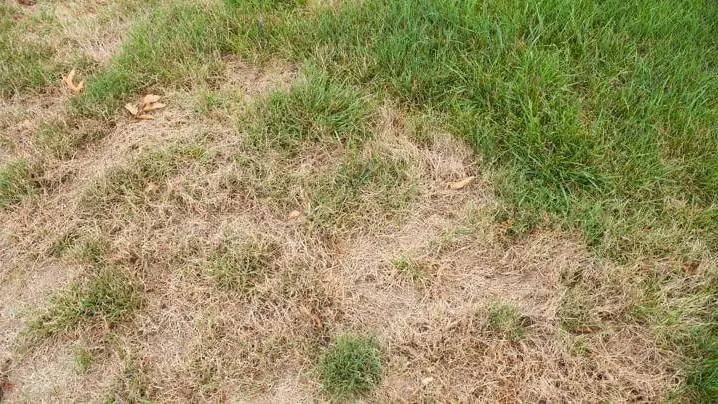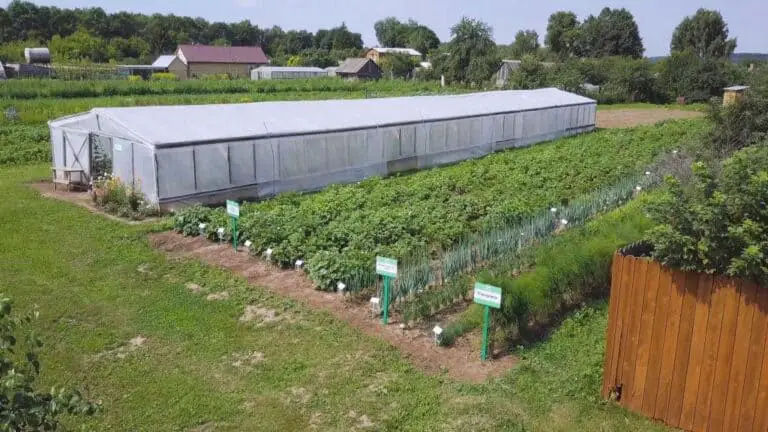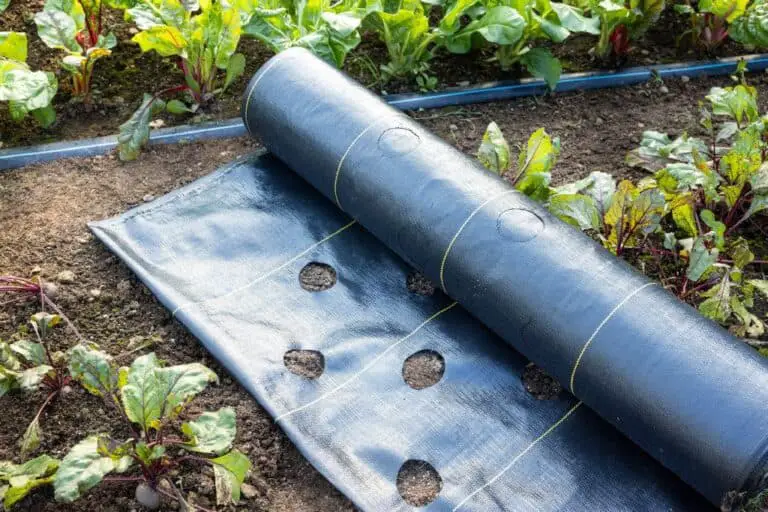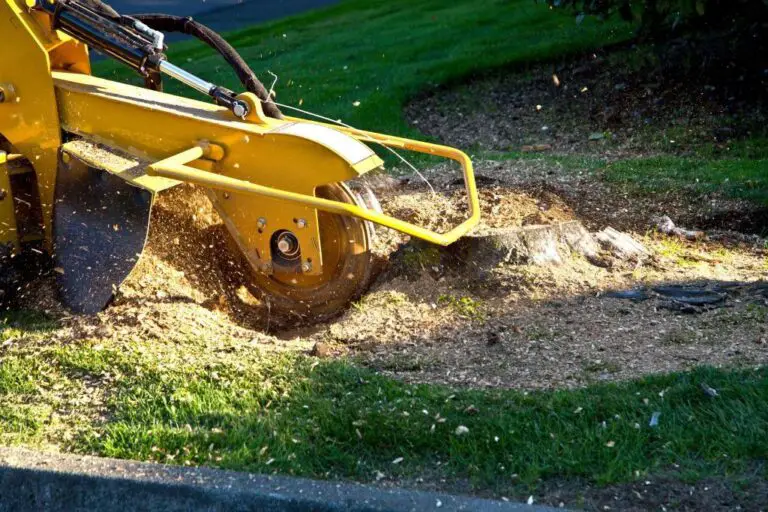Forestry Mulching Before and After (With Pictures)
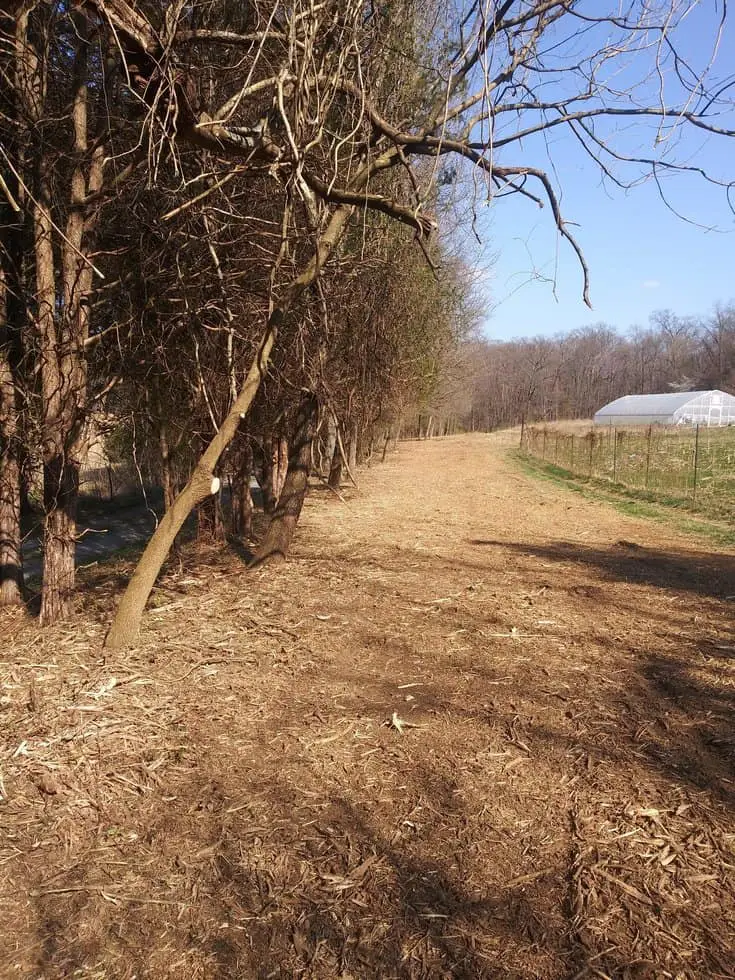
What Is Forestry Mulching?
Forestry Mulching is a modern land clearing technique that shreds grass, cuts weeds, unplugs stumps, trees, and bushes with specialized equipment. Forestry mulching has become the industry standard for managing woody vegetation and debris products.
This method of land clearing is particularly environmentally-friendly because there is no disruption of the topsoil or root systems of desired trees. There is no burning or hauling, like traditional land clearing.
Forestry Mulching reduced the requirement for heavy machinery such as excavators and bulldozers to clear land. These larger machines frequently cause soil compaction and erosion and, therefore, require licenses.
Forestry Mulching Before and After (With Pictures)
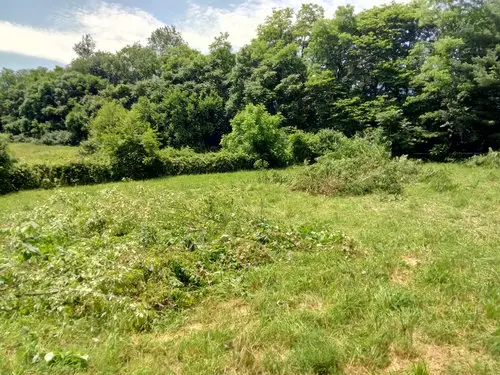

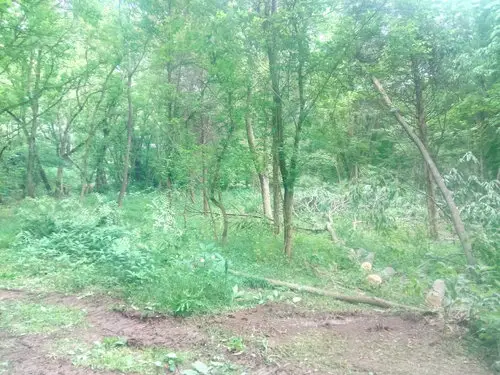
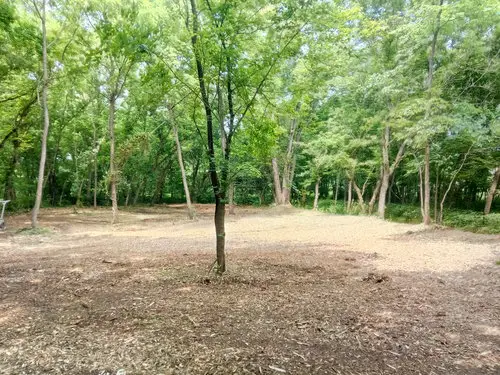
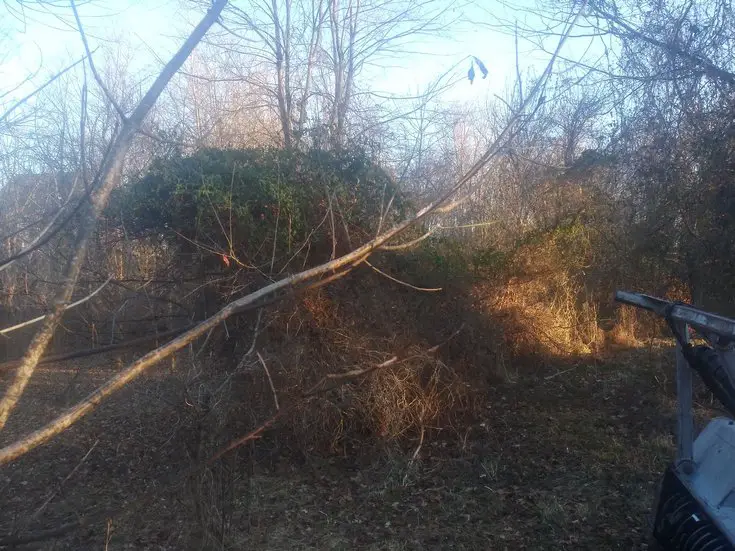
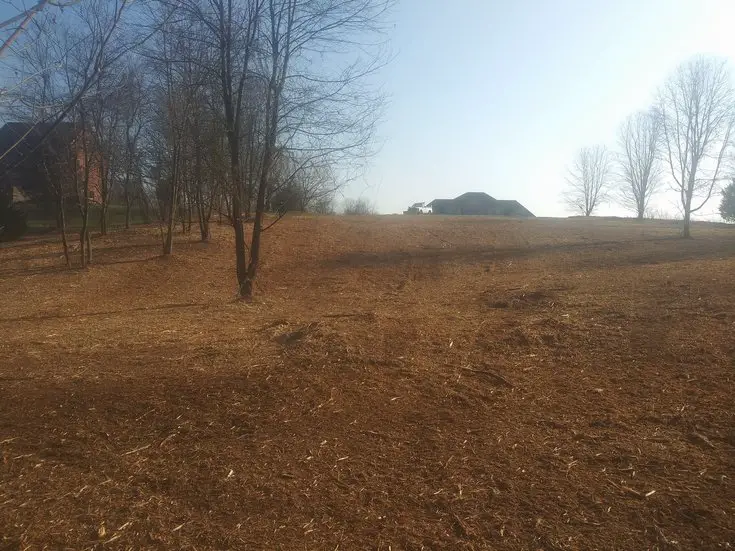
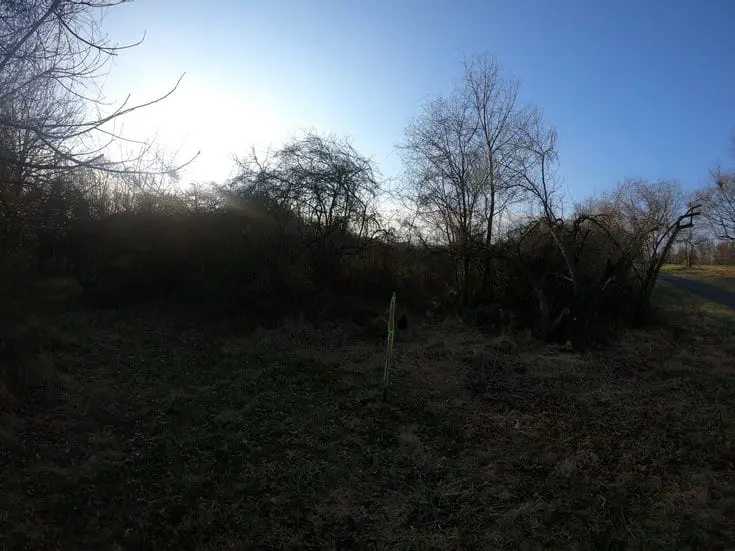

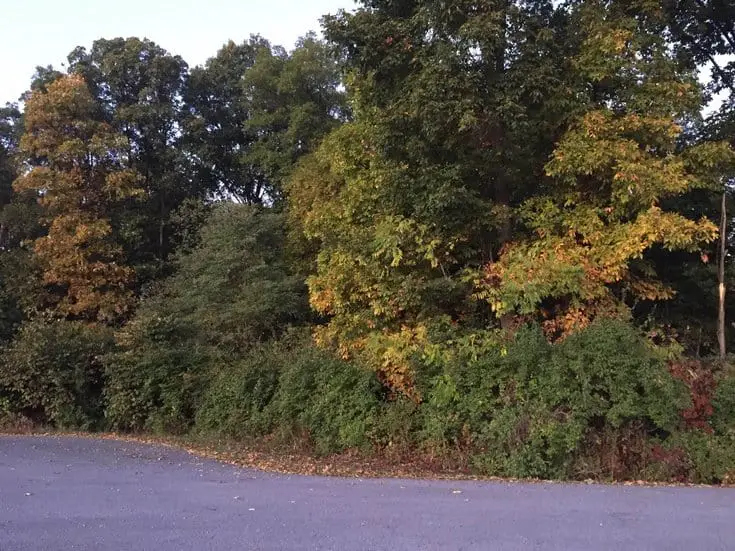
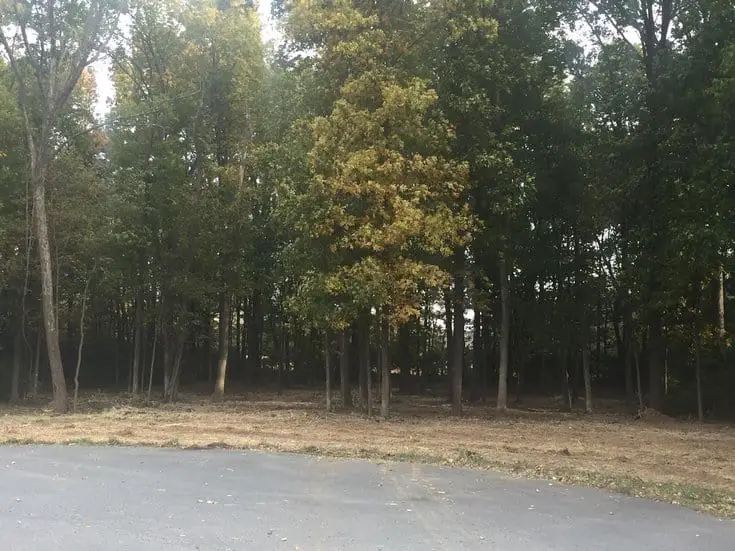
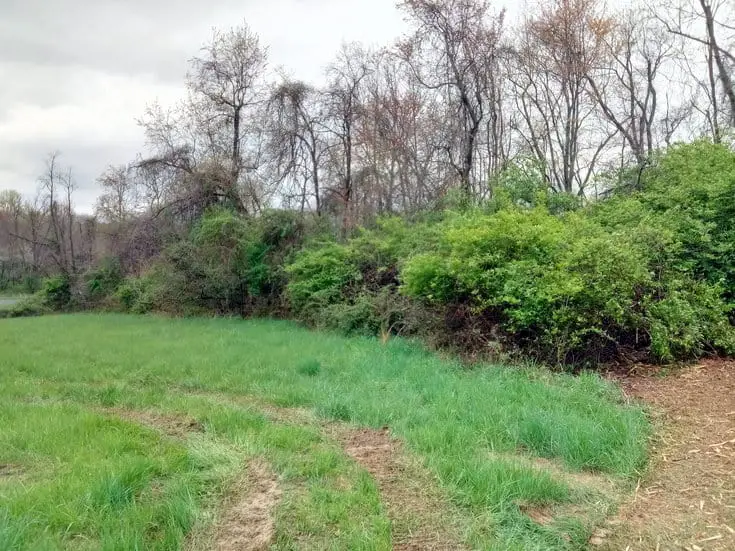
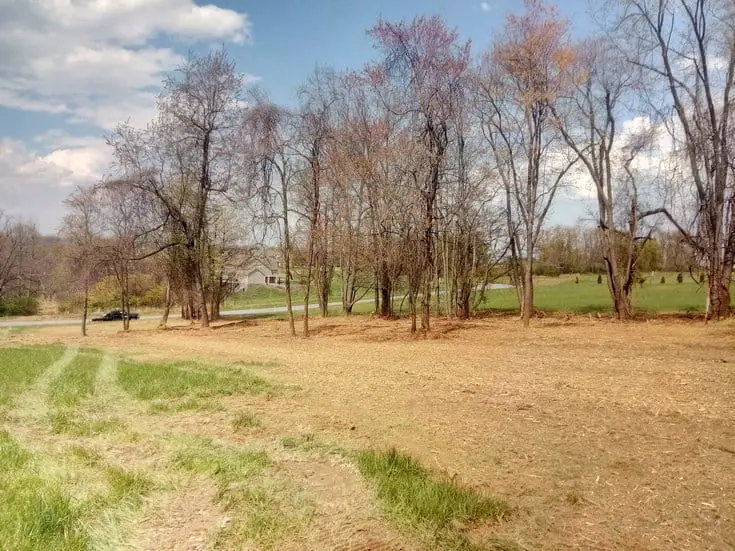


Advantages of Forestry Mulching
Forestry mulching is a land management technique. It involves using a specialized machine to clear trees, shrubs, and other plants. The machine grinds them into small chunks of mulch. This mulch can be spread over the land to promote healthy soil and plant growth.
Some benefits of forestry mulching include:
- Environmentally friendly: Forestry mulching is a gentler approach to removing unwanted vegetation that accelerates the natural process of decline, decay, and renewal in forests. It limits soil damage, and the process leaves behind a layer of mulch to nourish the soil and create a healthy environment for insects and small creatures
- Improvement in soil quality: Forestry mulching enriches garden soil, reduces soil acidity, and raises its PH levels. It also acts as a fire buffer and resists the growth of mold and fungus, which can harm plants.
- Erosion control: The mulch layers left behind by a forestry mulcher help weigh the soil, keeping it in place and protecting the root systems of nearby shrubs, trees, and natural grasses. This helps prevent erosion from wind and water, which leads to poor drainage and a lack of topsoil to nourish new plant growth.
- Reduced need for equipment: Forestry mulching produces zero waste, which eliminates the need for trucks to haul away tree trunks and other debris. It also eliminates the need for multiple pieces of heavy equipment by accomplishing the job of excavators, shears, wood chippers, and grinders in a single piece of equipment.
- Faster and more economical: Forestry mulching is a quick and efficient process that can clear large areas of vegetation in a short amount of time, ideal for project plans needing swift execution. It is also more affordable than traditional land-clearing methods.
Who Benefits from Forestry Mulching?
Forestry mulching is an important land management practice. It helps protect the environment and benefits landowners and the community. Mulching helps reduce soil erosion, retains moisture in the soil, and enhances wildlife habitat. In addition, mulching can provide many economic benefits to many parties, including:
1. Land Clearing
Forestry mulching is perfect for clearing residential and commercial properties. It helps prepare the worksite by removing trees, bushes, and other vegetation.
One big benefit is that it leaves a small environmental impact. This is especially true in regions with dense pine forests. Forestry Mulching also speeds up the land clearing process, making it more efficient.
2. Pathway Clearing
Pathway clearing is one of the main benefits of forestry mulching. Grinding up the debris creates a smooth, level surface that can be easily walked on or driven on. This eliminates the need to clear a path by hand or with a tractor, which can be difficult and time-consuming.
The difference in the pathway’s clearing is obvious, before and after forestry mulching.
3. Invasive Plants Control
The control of invasive plants, such as the southern pine beetle, is one of the most important benefits of forestry mulching. Invasive plants can take over an area, crowding out native plants and damaging the environment.
The mulch smothers the invasive plants, preventing them from taking root and growing. This helps to restore the balance of the ecosystem and protect the environment.
4. Invasive Pests Control
Invasive insects that live, grow, and feed on trees are also something that needs to be taken care of. Forestry mulching can help to eliminate infected trees, reducing the pest population dramatically. This helps the forest thrive while also removing invasive plants and other species from the area.
5. Wildfire Prevention and Management
Forestry mulching is a forestry management practice that helps with the prevention and management of wildfires. Mulching is the process of spreading out chopped or shredded woody debris on the ground around trees, shrubs, and other plants.
The mulch helps protect plants from fire. It does this by slowing the spread of fire and reducing the amount of fuel for a fire to burn. It also cools the ground.
Mulching is also beneficial in preventing wildfires from spreading into forested areas. By creating a buffer zone around forests, mulching can help prevent fires from reaching the trees and causing damage. In addition, mulching can help reduce the intensity of fires that do reach forests, which can minimize the amount of damage caused.
6. Habitat Conservation
Forestry mulching improves wildlife habitat. By removing trees and shrubs and leaving piles of wood chips, you create ideal conditions for wildlife. This includes deer, rabbits, and songbirds. The wood chips provide food, shelter, and nesting sites.A forestry mulcher removes unwanted species. It includes invasive pine plants. This process allows grass to grow after mulching. Other food sources for animals to regenerate. It also allows animals to create habitats. Finally, forestry mulching replenishes animal water sources. This makes it an excellent tool for removing public land and mulching.
Frequently Asked Questions
How does Forestry Mulching Works?
The process works by spreading a thick layer of wood chips, sawdust, or shredded bark over the bare soil. The mulched area is then left to decompose for at least two months before it is removed. What are the benefits of using forestry mulching?
What Makes Forestry Mulching Better Than Traditional Land Clearing?
Forestry mulching has many benefits over traditional methods. Mulching machines cut and grind trees and brush them into small pieces that are then spread evenly across the ground. This process is much more efficient than traditional land clearing methods, which involve cutting down trees and then burning or hauling away the debris.
Forestry mulching is also much safer than traditional methods. The mulching process creates little to no heat, so there is less risk of fire. Mulched debris also decomposes quickly, which minimizes the impact on the environment. It is clear if we compare forestry mulching before and after, they are safe.
Finally, forestry mulching is more cost-effective than traditional methods. Mulching machines are more efficient than chainsaws and other manual tools, so less manpower is needed to complete the job. Mulching also eliminates the need for expensive equipment like bulldozers and backhoes.
How Much Forestry Mulching Service Cost?
The amount of money that a forestry mulching service costs can vary depending on the company you hire, the size of the area that needs to be mulched, and the type of equipment that is used. Typically, the cost ranges from $75 to $150 per hour. If you have a large area that needs to be mulched, it is best to get an estimate from several companies so that you can find the best price.
Are There Any Special Permits Needed?
The short answer is that it depends on where you live. In some states, you do need a special permit to use a commercial mulcher. In other states, no permit is required. You should check with your local forestry department to find out what the regulations are in your area.
If you live in a forest preservation area, you might need to check to see if you can clear some of the lands.
What Happens to The Mulched Material?
Some contractors stockpile the mulch and sell it by the truckload; others simply leave it on the job site. In either case, what eventually becomes of it?
As with any organic matter, decomposition will occur if the mulch is left in place. The rate of decomposition will depend on such factors as moisture content, temperature, and microbial activity. In most cases, however, decomposition will be complete within one year.
Inorganic pollutants such as heavy metals or hydrocarbons that may be present in the wood or soil will also break down over time.
How Many Acres Can be Cleared a Day?
The quantity of trees and their diameter determine the number of acres removed each day.
Forestry mulching is an effective way to clear land quickly. On average, a single machine can clear up to 5 acres of land per day.
Will Grass Grow and Cut Trees Grow Back?
The answer to this question depends on several factors, including the type of mulch and the condition of the soil. In general, grass will not grow through most types of forestry mulch. However, if there is a lot of organic material in the mulch, it may be possible for grass to grow through it.
Cut trees will not grow back through forestry mulch. These rules apply to mulching with the following types of forestry materials: Wood chips, Grass clippings, Bark chips, or woody debris from trees that died naturally (for example, a dead tree in your yard)
It is also important to know the type of soil you are working in.

